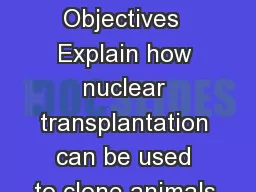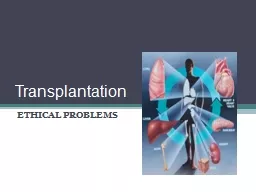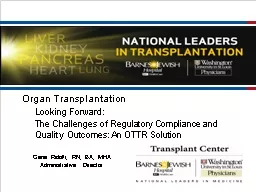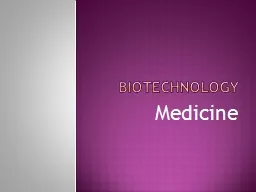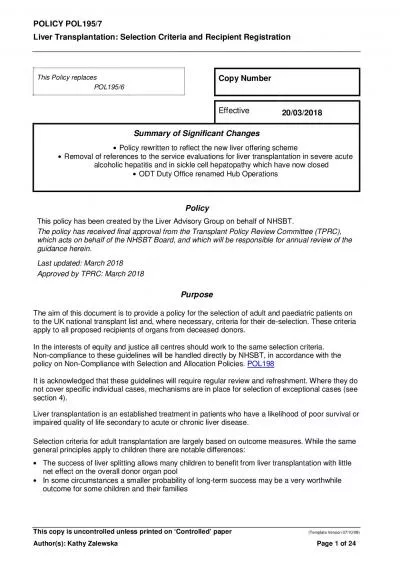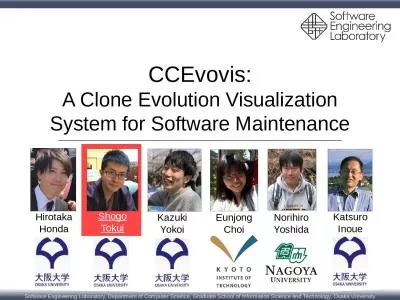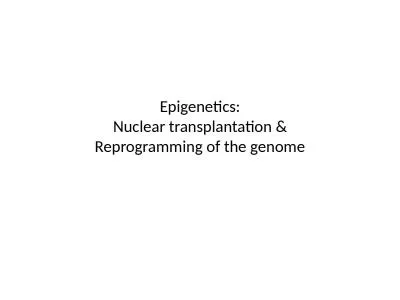PPT-Learning Objectives Explain how nuclear transplantation can be used to clone animals.
Author : ellena-manuel | Published Date : 2018-11-17
Describe some of the practical applications of reproductive cloning and the process and goals of therapeutic cloning CLONING OF PLANTS AND ANIMALS 11121114 1112
Presentation Embed Code
Download Presentation
Download Presentation The PPT/PDF document "Learning Objectives Explain how nuclear..." is the property of its rightful owner. Permission is granted to download and print the materials on this website for personal, non-commercial use only, and to display it on your personal computer provided you do not modify the materials and that you retain all copyright notices contained in the materials. By downloading content from our website, you accept the terms of this agreement.
Learning Objectives Explain how nuclear transplantation can be used to clone animals.: Transcript
Download Rules Of Document
"Learning Objectives Explain how nuclear transplantation can be used to clone animals."The content belongs to its owner. You may download and print it for personal use, without modification, and keep all copyright notices. By downloading, you agree to these terms.
Related Documents

